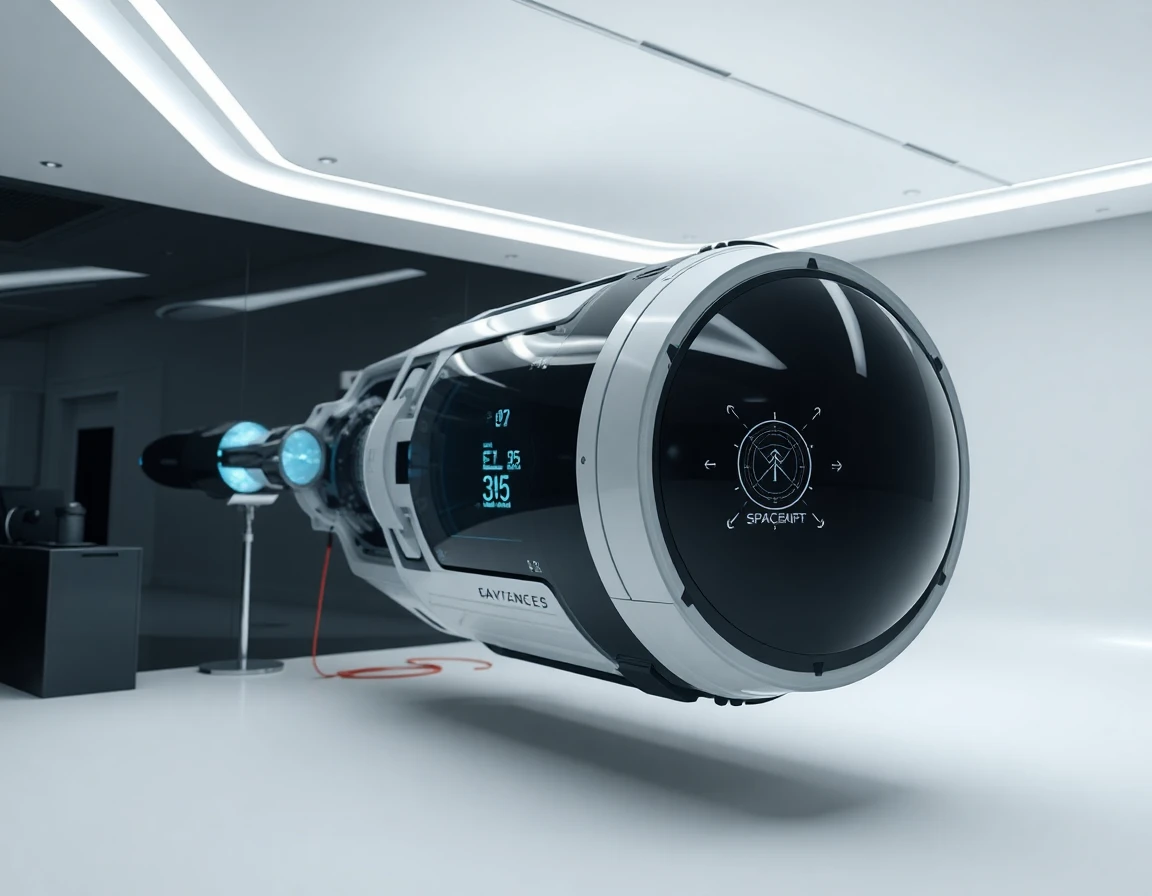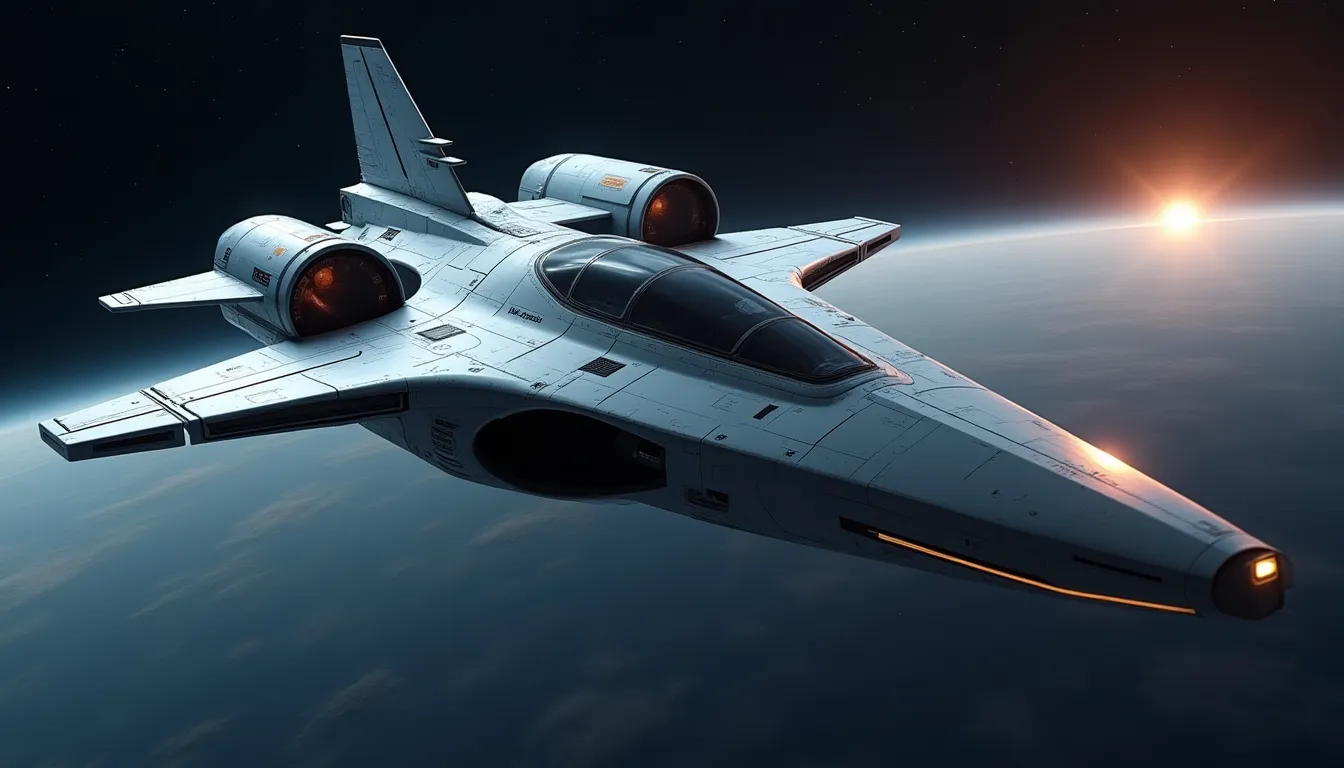The aerospace and defense sectors are witnessing an unprecedented surge in spacecraft development and launches. In the last month, significant milestones have been achieved by industry leaders such as SpaceX, NASA, Northrop Grumman, and the U.S. Space Development Agency (SDA). These advancements not only underscore the rapid pace of innovation but also reflect the growing importance of multi-agency collaboration in space exploration and national security.
SpaceX: Pioneering Reusability and Launch Cadence
SpaceX has made headlines with its remarkable launch capabilities, particularly in September 2025. The company executed a rare doubleheader launch on September 2 and 3, deploying a total of 52 Starlink satellites across two Falcon 9 missions. The California launch utilized a brand-new Falcon 9 booster—marking only the seventh new booster introduced this year—while the Florida mission showcased the company’s commitment to reusability with a booster that completed its 14th flight. This mission is anticipated to achieve SpaceX’s milestone of the 499th successful booster recovery, further demonstrating the effectiveness of their booster reusability strategy.
SpaceX’s emphasis on rapid launch cadence has allowed it to dominate the satellite deployment market. The company’s Starlink project aims to provide global broadband coverage, which is increasingly vital in our interconnected world.
NASA’s Interstellar Mapping and Acceleration Probe
On September 23, 2025, SpaceX is scheduled to launch NASA’s Interstellar Mapping and Acceleration Probe (IMAP) alongside NOAA’s Space Weather Follow-on (SWFO-L1) and NASA’s Carruthers Geocorona Observatory. These missions are designed to enhance our understanding of the heliosphere and the solar wind’s interactions with Earth’s magnetosphere.
IMAP represents a groundbreaking step in solar science as it is the first spacecraft dedicated to mapping the outer boundaries of the heliosphere. Equipped with ten sophisticated instruments developed through international collaboration, IMAP aims to provide invaluable data that could inform future space weather predictions and help protect both satellites and astronauts from solar storms.
SDA’s Tranche 1 Satellite Launch: Securing the Skies
On September 10, 2025, the SDA successfully launched 21 low-Earth orbit (LEO) satellites aboard a SpaceX Falcon 9 rocket as part of its Tranche 1 program. This mission signifies a critical step towards the establishment of next-generation national security satellites that will enhance U.S. capabilities in space.
The Falcon 9 booster used in this launch (B1093) completed its sixth flight, exemplifying SpaceX’s continued focus on booster reusability, even for defense missions. The satellites will undergo bus and payload checkout before being integrated into operational exercises with U.S. Indo-Pacific Space Forces. The integration of these satellites is expected to enhance situational awareness and responsiveness in defense operations, showcasing the importance of advanced satellite technology in modern military strategy.
Northrop Grumman’s Cygnus XL Cargo Mission
Adding to the excitement of September’s launches, Northrop Grumman is set to launch its Cygnus XL spacecraft on a Falcon 9 rocket no earlier than September 14, 2025. Cygnus XL, recognized as the largest and most cargo-capable version of the Cygnus spacecraft, will deliver over 11,000 pounds of supplies, experiments, and technology demonstrations to the International Space Station (ISS).
The cargo includes essential materials for semiconductor crystal production, equipment for cryogenic fuel tank improvements, and pharmaceutical crystal supplies. This mission reflects Northrop Grumman’s commitment to supporting the ISS and advancing scientific research in microgravity environments.
The Role of Advanced Technologies in Spacecraft Development
The rapid evolution of spacecraft technology is supported by various advanced systems and components. For instance, precision accelerometers are integral in ensuring accurate navigation and stability during missions. These high-performance MEMS accelerometers are crucial for spacecraft maneuvering and operational efficiency.
Moreover, thermal battery systems are becoming increasingly important for powering underwater applications, including underwater weapon systems. These high-voltage systems offer reliability and efficiency in extreme conditions, indicating a trend towards specialized energy solutions in defense applications.
Furthermore, control systems equipped with high-performance CMOS imaging technology enhance satellite imaging capabilities, paving the way for better data collection and interpretation in various missions.
Conclusion
The latest developments in spacecraft technology highlight a pivotal moment for the aerospace and defense sectors. With major launches from leaders like SpaceX, NASA, and Northrop Grumman, the landscape of space exploration is evolving rapidly. The ongoing advancements in satellite technology, inter-agency collaboration, and the focus on reusability underscore a future where space is more accessible and secure than ever. As we look ahead, these innovations will continue to drive forward our understanding of both the cosmos and the strategic imperatives of national security.
References
-
SpaceX targets Sept. 23 for launch of NASA’s IMAP … (www.space.com) - 9/10/2025 A SpaceX Falcon 9 launch on Sept. 23 will send three spacecraft a million miles from Earth to map the heliosphere and expand our …
-
SDA to Launch First Operational Satellites in Tranche 1 (www.airandspaceforces.com) - 9/10/2025 Twenty-one of SDA’s low-Earth orbit satellites are scheduled to launch shortly after 7 a.m. Pacific time on Sept. 10. The spacecraft, built by …
-
Space Development Agency, SpaceX to launch next-gen … (spaceflightnow.com) - 9/10/2025 Launch preview: Space Development Agency, SpaceX to launch next-gen national security satellites. September 10, 2025 Will Robinson-Smith. 21 …
-
NASA Sets Coverage for Northrop Grumman CRS-23 … (www.nasa.gov) - 9/9/2025 This mission will be the first flight of the Cygnus XL, the larger, more cargo-capable version of the company’s solar-powered spacecraft.
-
Top Satellite & Space Developments (Sept. 2–3, 2025) (ts2.tech) - 9/3/2025 SpaceX Launch Doubleheader: SpaceX launched two Falcon 9 missions in under 24 hours, one from California late Sept. 2 carrying 24 Starlink …



